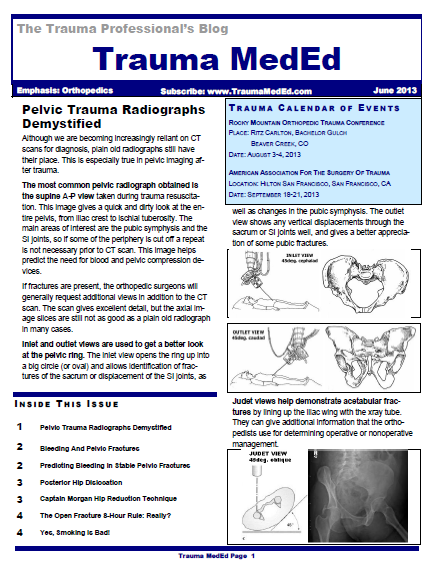Medical resource is hard to do. It’s tough to come up with an idea no one has explored, design the study, accumulate subjects (for clinical research), analyze it, and then write a good paper. You’re probably familiar with my lamentations over all of the small,retrospective studies that seem to dominate the medical literature.
Crowdsourcing takes advantage of the “human computing power” of ordinary people all around us. Some of you may remember the protein folding computer game that was distributed for free about 10 years ago, allowing everyone to try their hand at designing protein configurations. Turns out, masses of regular people are better than computers for doing this kind of stuff. And the results were impressive. Or look at the power of Amazon’s Mechanical Turk, a crowdsourcing platform for a variety of tasks. Or KickStarter for funding projects that would have a tough time getting money on their own.
Researchers at Penn used crowdsourcing in a study to map the locations of all automated external defibrillators in Philadelphia. They called it the MyHeartMap challenge. The crowd quickly identified and catalogued over 1400 of them. They are now using crowdsourcing to perform literature sources to collect and analyze health-related studies using free medical literature search sites.
The crowd does best on studies involving problem solving, data processing, monitoring and surveying. The downside is that there is built-in variability when using the crowd, which can make it difficult to replicate and confirm validity. But the sheer numbers that can be accumulated are far larger than what can be expected using traditional research methods.
Bottom line: Crowdsourced research has significant potential to accelerate and improve the quality of medical research (and in other fields as well). Anyone engaged in research needs to look at their own projects to determine if any of them can be improved using crowdsourcing. Look at what crowds are good at (solving problems, observing and reporting), and use them to bolster and improve our knowledge base.
Reference: Crowdsourcing – Harnessing the masses to advance health and medicine, a systematic review. J General Int Med DOI: 10.1007/s11606-013-2536-8, 2013.


